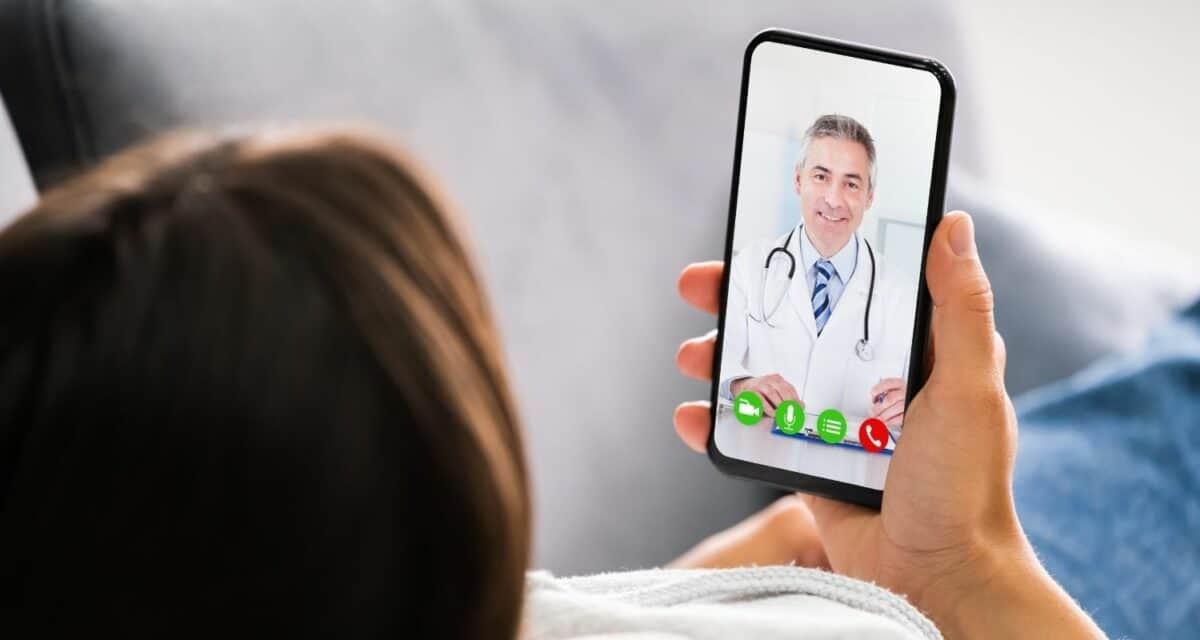With the cultural shifts currently taking place as a result of the pandemic, telemedicine has recently found itself in an entirely new arena.
The Covid-19 pandemic required people to explore new pathways to treatment and at the same time, encouraged various states to relax restrictions relating to telemedicine. The result is that more people than ever have chosen to remotely visit a medical professional or specialist for health concerns that would have previously taken place in a medical office or campus.
The result is a more accessible environment for people to seek healthcare solutions with relaxed pressure.
Who will you see at your remote audiology appointment?
When it comes to hearing health, the highly trained experts you’ll be consulting with remotely are all audiologists, specialists in hearing health. If you are seeking telemedicine that deals with a hearing health issue, you’re technically engaging in teleaudiology, a branch of telemedicine.
Who does telemedicine benefit?
The short answer is that teleaudiology benefits everyone. By making medical visits more accessible and easier for patients, the likelihood that people will seek treatment increases.
But teleaudiology can be particularly impactful for people with limited mobility and those in rural areas. Both populations have undue barriers to professional medical treatment that a majority of the country has never faced.
What types of remote hearing health visits are most successful
Unfortunately, our most reliable hearing health diagnosis still comes from in-person office visits where patients benefit from the high-tech machinery standard in most audiologist’s locations. If you are seeking a new diagnosis, your best bet will still be to visit your audiologist in person and undergo a hearing health consultation and exam.
However, telemedicine might be the most convenient option for follow-up visits, check-ins, and other visits that are vital to supporting your hearing aid performance and basic hearing health maintenance. Some people even avoid these fundamental visits because they require an extra trip to the audiologist’s office. Instead, you can quickly check-in right from the comfort of your home to refine your hearing experience.
Tips for ensuring a successful telehealth visit
Use a computer instead of your phone
Your screen on a computer is larger and therefore easier to use during the important time you remotely face to face with your audiologist. Additionally, some options might only be available through your computer’s software that would be missing if dialing in from just your phone.
Use headphones if you are not a hearing aid wearer
Most of us in hearing health are fans of cutting out background noise, which is exactly what headphones do when used in conjunction with your telemedicine appointment. Your provider won’t hear your dog barking and you’ll also have the most important sound, the voice of your telemedicine practitioner, delivered straight to your ears.
Make your needs known at the beginning of the appointment
If you use important visual cues like facial expressions and mouth movements to understand speech, let your provider know that at the beginning of the call. This will stop them from doing complicating behaviors like looking offscreen or covering their mouth. They can even be urged to speak directly into their microphone, which can make your listening experience much easier.
There is also a type or chat function in most video conferencing software. If you are having trouble catching what your provider is saying, you can move over to the chat option for important information.
Investigate captioning apps
InnoCaption is a captioning service app that can be accessed if you use a mobile phone. Zoom recently introduced an auto-captioning service that can be initiated by the account admin.
Is telemedicine right for you?
If mobility or availability of providers in your area is a concern, telemedicine will improve your healthcare experience. For others accustomed to traditional visits, the learning curve might be less seductive.
While the technical aspect of telemedicine may seem intimidating at first, be aware that most software has been streamlined and perfected to the extent that the user experience has become fairly simple. For your first appointment, try asking a tech-savvy family member or friend to guide you through your visit (and serve as de facto IT). Your local community center or senior center may also offer classes on how to navigate telehealth appointments so that you can explore this option casually and as a student before you venture into an actual appointment.

